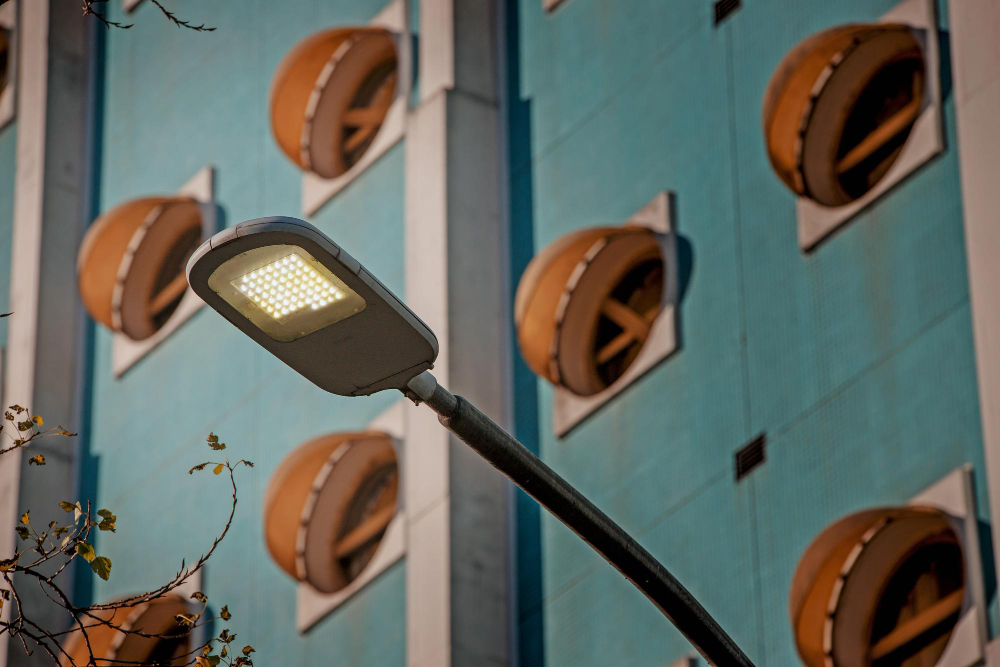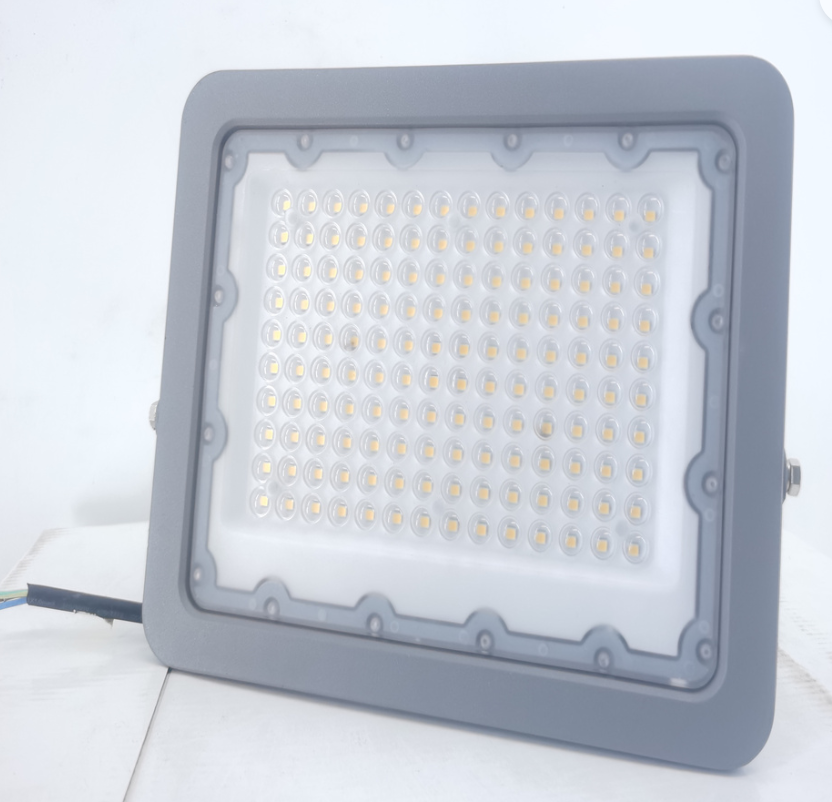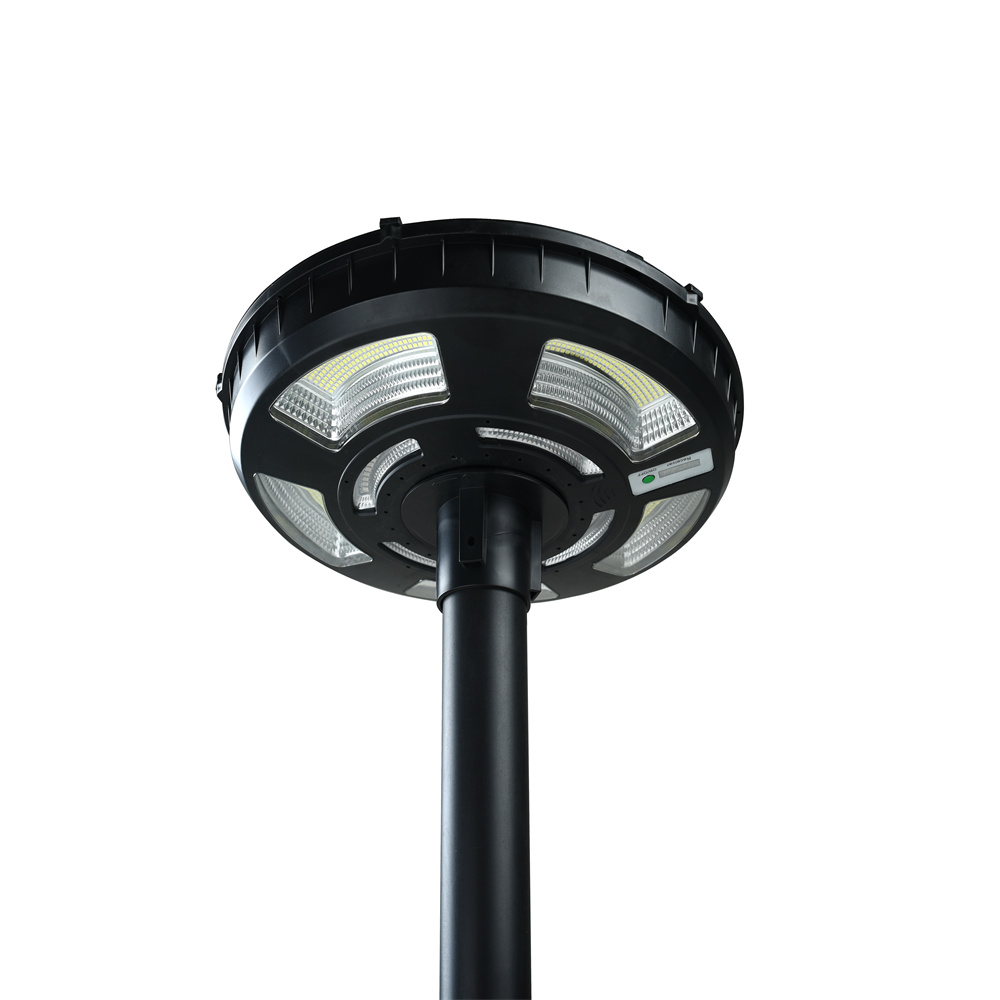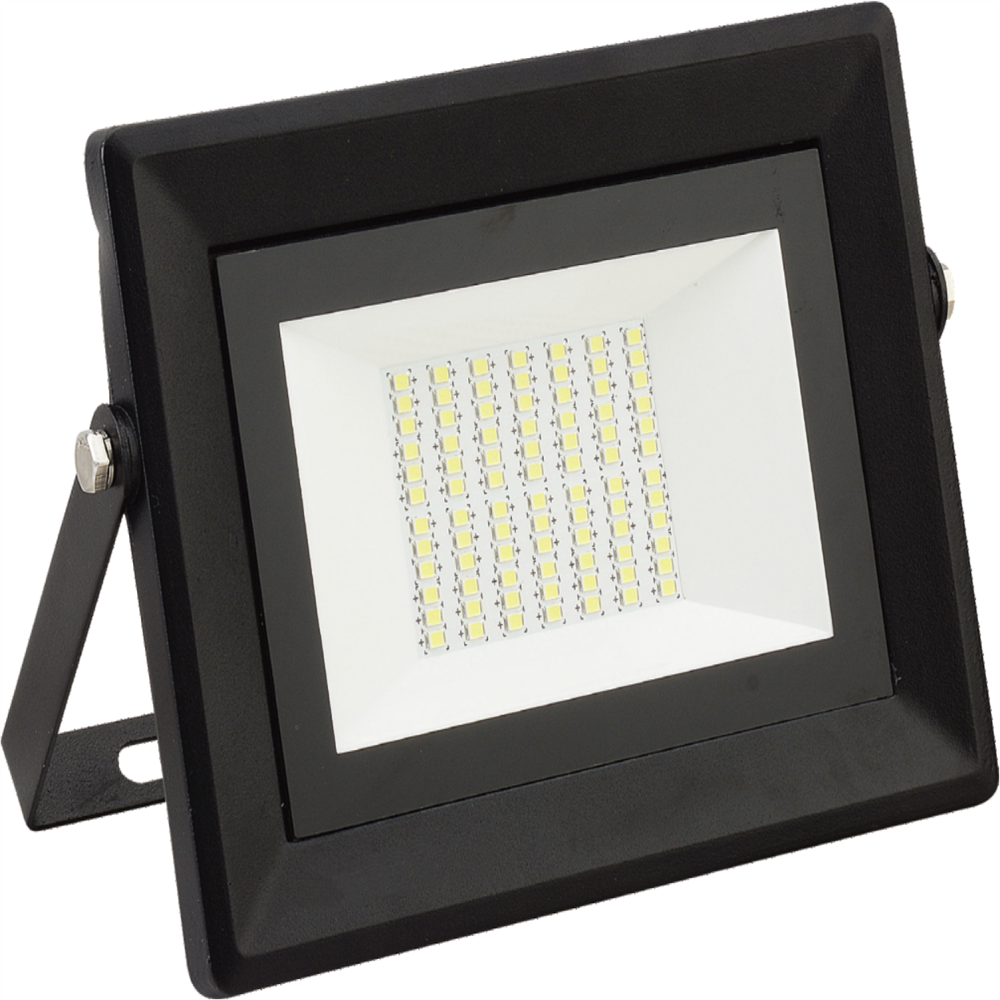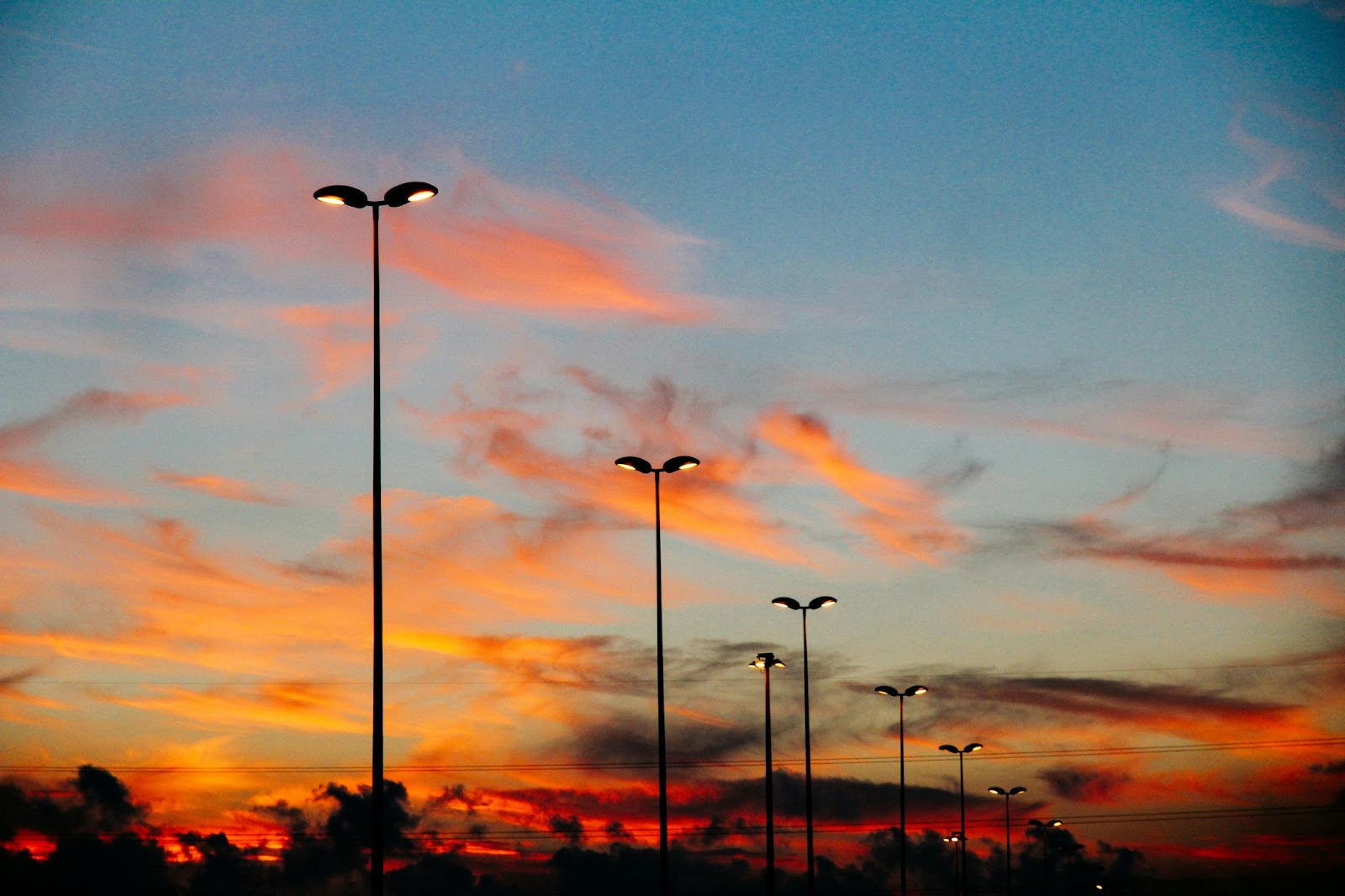Exploring lighting options for your space involves understanding the information about downlights. Read on to learn more about LED downlights, their types, applications, and installation process. What Are LED Downlights? LED downlights are modern lighting fixtures that use Light Emitting Diode (LED) technology. These fixtures are designed to be recessed into the ceiling, providing a […]
Exploring lighting options for your space involves understanding the information about downlights.
Read on to learn more about LED downlights, their types, applications, and installation process.
What Are LED Downlights?
LED downlights are modern lighting fixtures that use Light Emitting Diode (LED) technology.
These fixtures are designed to be recessed into the ceiling, providing a sleek and unobtrusive lighting solution.
The name “downlight” comes from their primary function of directing light downward.
The key features of LED downlights include energy efficiency due to the use of LED technology, a design that allows them to be flush with the ceiling, and versatility in terms of size, shape, and color temperature.
They are commonly installed in various settings, both residential and commercial, and are known for their long lifespan.
LED downlights are favored for their ability to provide focused and efficient illumination while offering a modern and clean aesthetic.
Types of Commercial LED Downlights
Commercial LED downlights come in various types, each tailored to different lighting needs.
Understanding the different types of commercial LED downlights allows businesses to choose fixtures that best meet their specific lighting requirements and design preferences.
Here’s an overview of some common types of LED downlights:
Recessed LED Downlights
The recessed downlight LED lamp is the most common type of commercial LED downlight.
They are installed by being recessed, or set back, into the ceiling, creating a seamless and modern look.
Application: Ideal for general lighting in offices, retail spaces, and other commercial environments where a clean and unobtrusive appearance is desired.
Adjustable LED Downlights
Adjustable outdoor LED downlights allow users to adjust the direction of the light beam.
They often come with a swivel or gimbal feature, providing flexibility to direct the light where it’s needed.
Application: Suited for highlighting specific areas, products, or artworks in retail spaces or galleries. Also used in spaces where flexibility in lighting direction is essential.
Surface-Mounted LED Downlights
Instead of being recessed into the ceiling, downlight LED lamps are mounted directly onto the surface.
They provide a different aesthetic and are often easier to install in spaces where cutting into the ceiling is not practical.
Application: Suitable for areas with challenging ceiling structures or where a more prominent lighting fixture is preferred, such as in hallways or corridors.
Architectural LED Downlights
The downlight LED lamp is designed with aesthetics in mind.
They often have stylish and modern designs, enhancing the overall look of the space even when the lights are turned off.
Application: Commonly used in high-end retail stores, hotels, or upscale office spaces where the lighting fixtures contribute to the overall design and ambiance.
Emergency LED Downlights
Outdoor LED downlights come equipped with emergency backup features, ensuring that they continue to provide light in the event of a power outage.
They often include a battery or other backup power source.
Application: Essential in commercial settings where continuous lighting is critical for safety, such as in hallways, stairwells, or emergency exit routes.
IP65-Rated LED Downlights
The downlight LED lamp has a high Ingress Protection (IP) rating, making it resistant to dust and water.
They are suitable for environments where moisture or dust is a concern.
Application: Used in areas like bathrooms, kitchens, or outdoor spaces where the downlights may be exposed to water or dust.
How to Install LED Downlights
Installing LED downlights is a relatively straightforward process, but it does require some electrical work and familiarity with basic tools.
Here’s a step-by-step guide to help you install LED downlights.
Materials and Tools Needed:
- Ladder
- Wire nuts
- Power drill
- Screwdriver
- Junction box
- Cable clamps
- Voltage tester
- Wire strippers
- LED downlights
- Hole saw or adjustable hole cutter
Step 1: Turn Off Power
Before starting any electrical work, turn off the power to the area where you’ll be installing the LED downlights. Locate the circuit breaker panel and switch off the corresponding circuit.
Step 2: Choose the Installation Locations
Determine the locations for your LED downlights. Use a pencil to mark these spots on the ceiling.
Step 3: Measure and Mark Hole Sizes
Measure the diameter of your LED downlights and use a pencil to mark the appropriate hole size at each installation location.
Step 4: Cut Holes in the Ceiling
Use a power drill with a hole saw or adjustable hole cutter to cut holes in the ceiling at the marked locations. Follow the manufacturer’s recommendations for the specific size of hole needed for your LED downlights.
Step 5: Connect Wiring
Run electrical wires from the power source to each LED downlight location.
Use cable clamps to secure the wires in place.
Strip the insulation from the wires and connect them to the corresponding wires on the LED downlights using wire nuts.
Ensure proper color coding (usually black to black, white to white, and green or bare copper to ground).
Step 6: Mount Junction Boxes (if required)
If your LED downlights require junction boxes, mount them in the ceiling, securing them with screws. Run the wires through the provided openings in the junction boxes.
Step 7: Attach LED Downlights
Insert the LED downlights into the holes you cut in the ceiling. Secure them in place according to the manufacturer’s instructions, usually by adjusting clips or screws.
Step 8: Test the Wiring
Before closing up the ceiling, turn the power back on and use a voltage tester to ensure that the wiring is connected correctly and that there are no electrical issues.
Step 9: Seal the Ceiling
If there are gaps around the LED downlights, use caulk or an appropriate sealant to create a tight seal between the fixture and the ceiling.
Step 10: Complete Installation
Once the wiring is confirmed to be working correctly, and the downlights are securely in place, you can complete the installation by turning off the power, closing up any access points in the ceiling, and restoring power to the circuit.
Note: Always follow the specific instructions provided by the LED downlight manufacturer.
If you are unsure or uncomfortable with any part of the installation process, it’s advisable to consult with a qualified electrician.
Safety is a top priority when working with electricity.
Downlight LED Lamp Maintenance
Maintaining LED downlights is simple and ensures optimal performance.
Regularly dust the fixtures to prevent accumulation that can dim the light.
Check for loose connections or signs of wear in the wiring, tightening or replacing components as needed.
If the downlights have adjustable features, verify that they remain secure and functional.
Inspect for any discoloration on the LED bulbs, as this may indicate issues with the light’s color temperature.
Periodically clean the lenses to maximize light output.
In essence, routine inspections, cleaning, and addressing minor issues promptly contribute to the longevity and efficiency of LED downlights.
Downlight vs Spotlights
Downlights and spotlights differ in their light distribution.
Downlights cast a broad, diffuse light downward, evenly illuminating a larger area.
They are recessed into the ceiling for a seamless look.
Spotlights, on the other hand, focus intense light on a specific object or area, offering a more targeted and accentuated effect.
Spotlights can be surface-mounted or recessed, providing flexibility in directing light precisely where needed.
While downlights are suitable for general lighting, spotlights excel in highlighting specific features or creating dramatic effects in a space.
Conclusion
Looking for a reputable LED downlight manufacturer?
RRRLighting is one of the most trusted in the industry for semiconductor illumination and application of renewable energy, boasting over 30 years of expertise.
The company is a reliable partner for loyal clientele across 56 countries, specifically in Europe, America, Africa, and Asia.
RRRLighting also values innovation and continues to strive for advancement with over 160 patents.
Reach out to their website for a quotation to get started.





